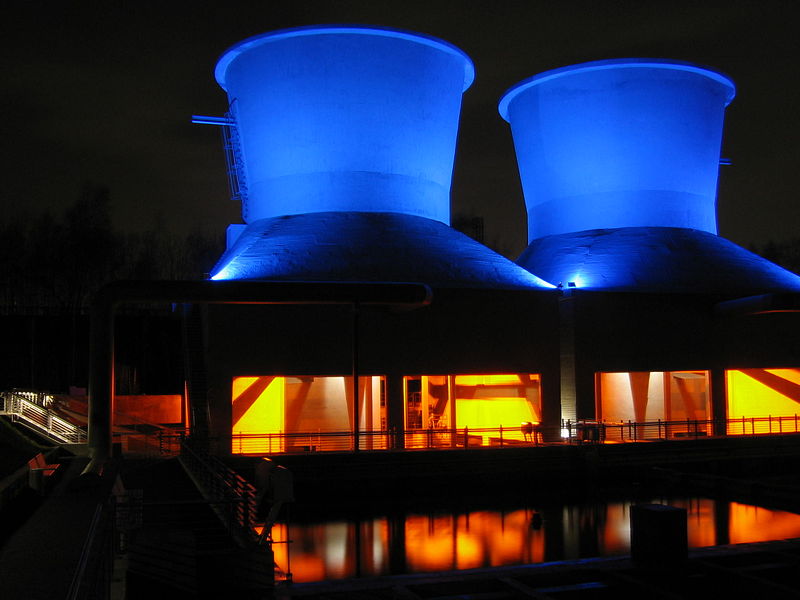 The comment thread on the On the edge (of cities) post right below shows there is a lot of passionate interest in the topic — Thomas Sieverts’ idea that architects need to lift their eyes from the city core and regard the outer limits of the city with the same intensity and, well, we’ll say it, love that they have for the traditional European city center. Whether that interest is also broad we’ll test with another post on the matter, this one arising from two Monday night events: Metro president David Bragdon speaking with Portland Spaces editor Randy Gragg at Jimmy Mak’s; and a big-name concluding panel at PNCA that featured Sieverts, architect Brad Cloepfil, Reed Kroloff (who runs Cranbrook Academy, supervised our tram design competition and who was dean of architecture at Tulane when Katrina hit), and Matthew Stadler as moderator.
The comment thread on the On the edge (of cities) post right below shows there is a lot of passionate interest in the topic — Thomas Sieverts’ idea that architects need to lift their eyes from the city core and regard the outer limits of the city with the same intensity and, well, we’ll say it, love that they have for the traditional European city center. Whether that interest is also broad we’ll test with another post on the matter, this one arising from two Monday night events: Metro president David Bragdon speaking with Portland Spaces editor Randy Gragg at Jimmy Mak’s; and a big-name concluding panel at PNCA that featured Sieverts, architect Brad Cloepfil, Reed Kroloff (who runs Cranbrook Academy, supervised our tram design competition and who was dean of architecture at Tulane when Katrina hit), and Matthew Stadler as moderator.
The topic of both the panel and the Bragdon-Gragg exchange went something like this: What can governments do to encourage good design? And it frequently kept to the question, though this “healthy” topic also generated a number of tasty digressions and frankly was never as dry as the question seemed to promise. And thanks to Stadler, the Sieverts analysis/prescription was always lurking in the background.
I know from the clock on the wall that I won’t be able to give a full account of what happened in this post (I know what you’re thinking: O sweet mother of the Titans, don’t tell me there’s a third post brewing; what is this, the Halprin fountains?), but I will get a few thoughts out there, and perhaps the Scatter regulars at the event can fill in some details.
Continue reading More thoughts on the edge (with a little gloom attached)
